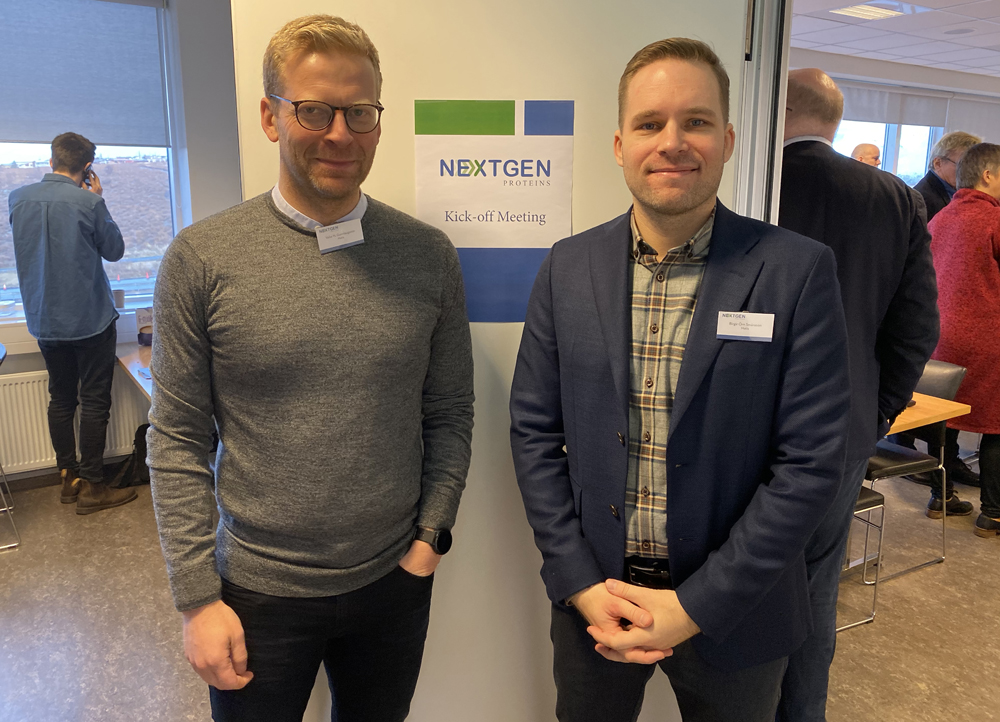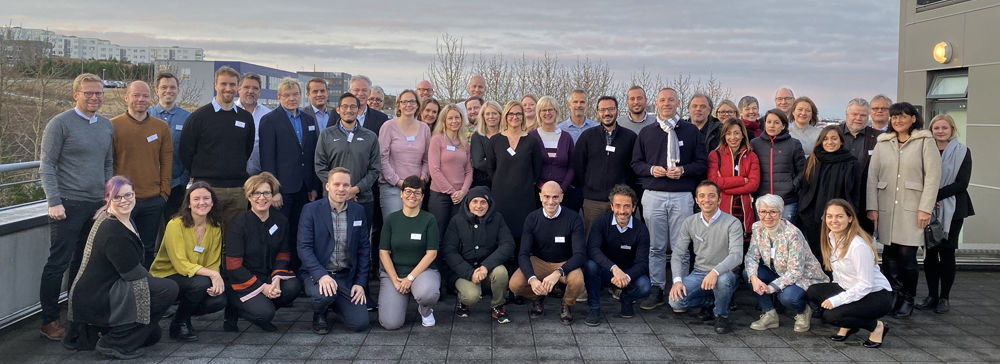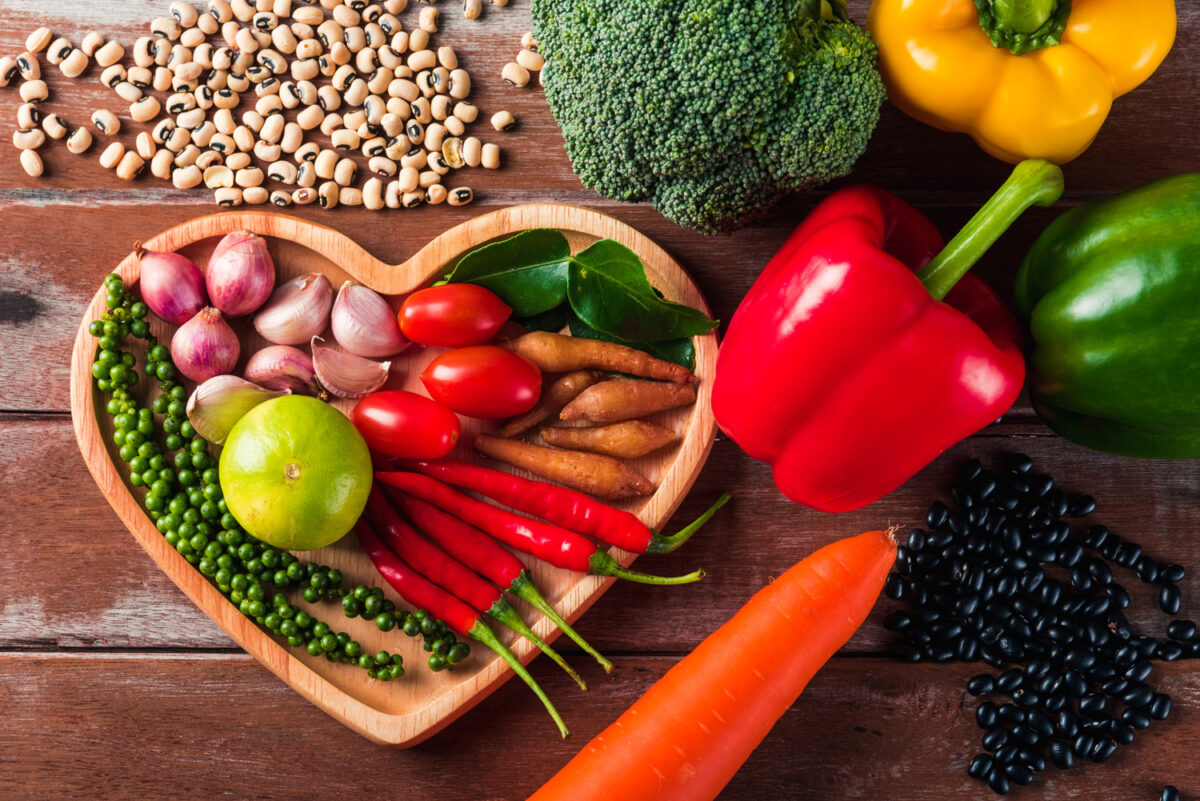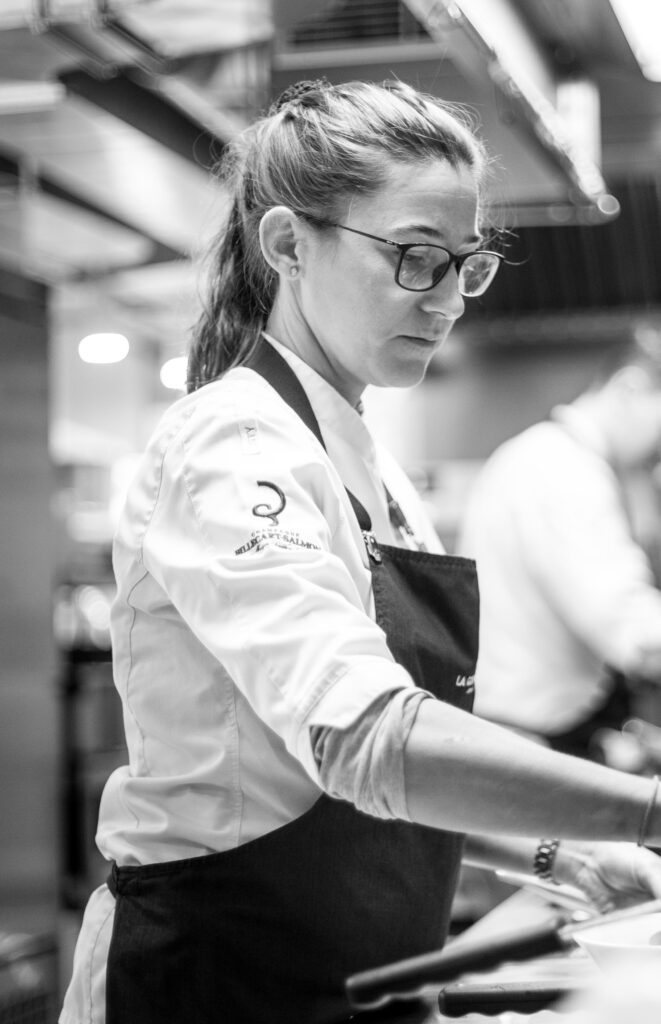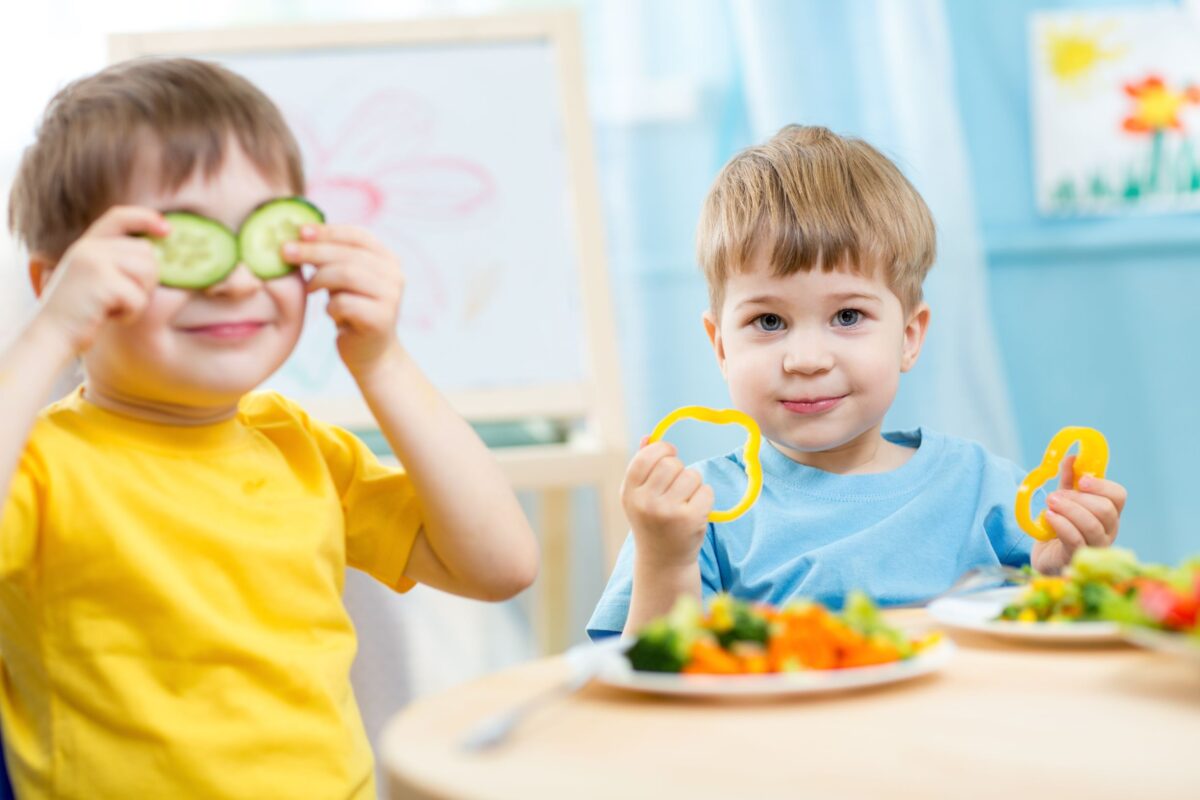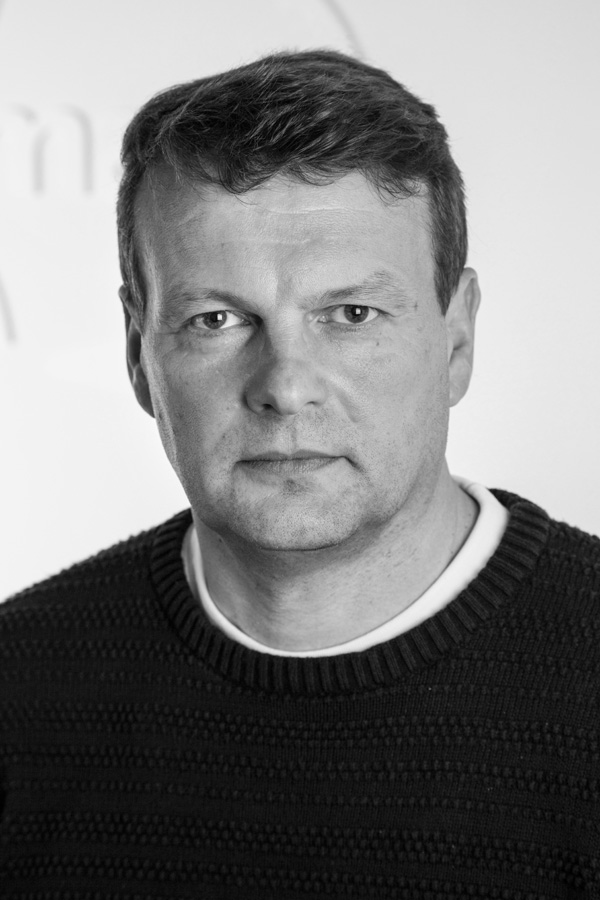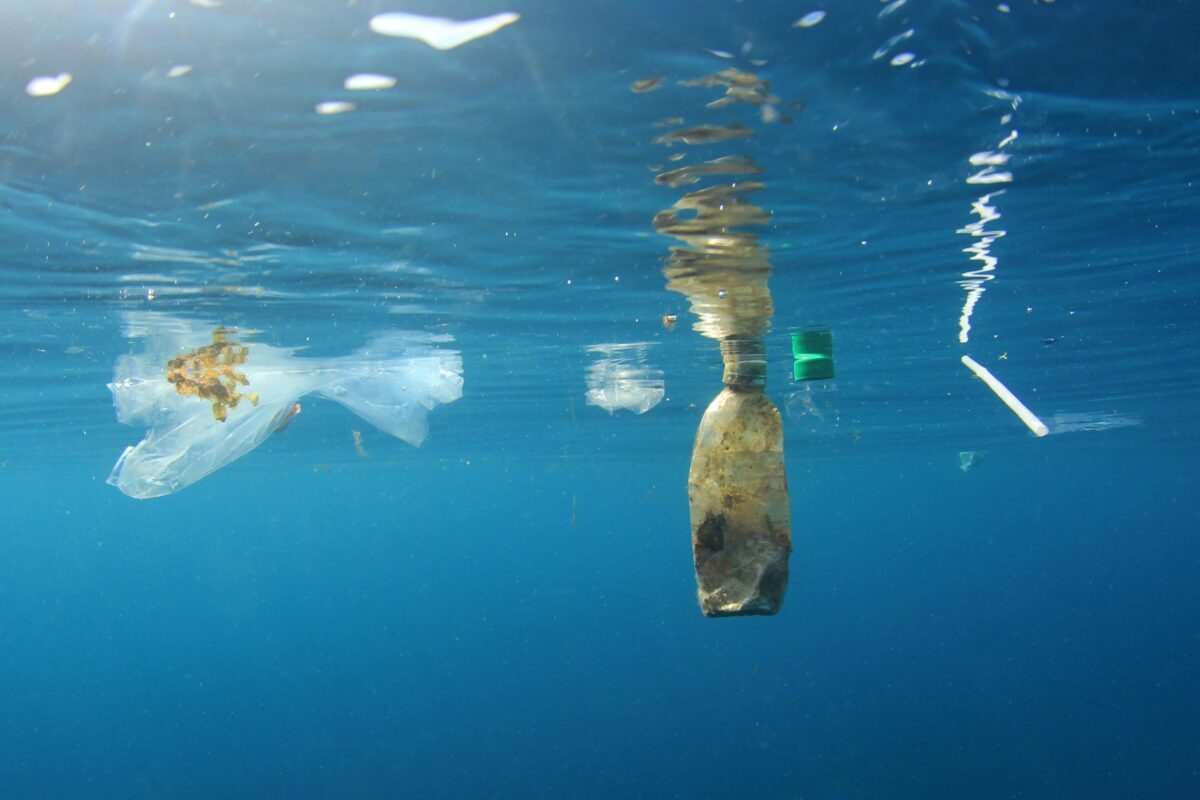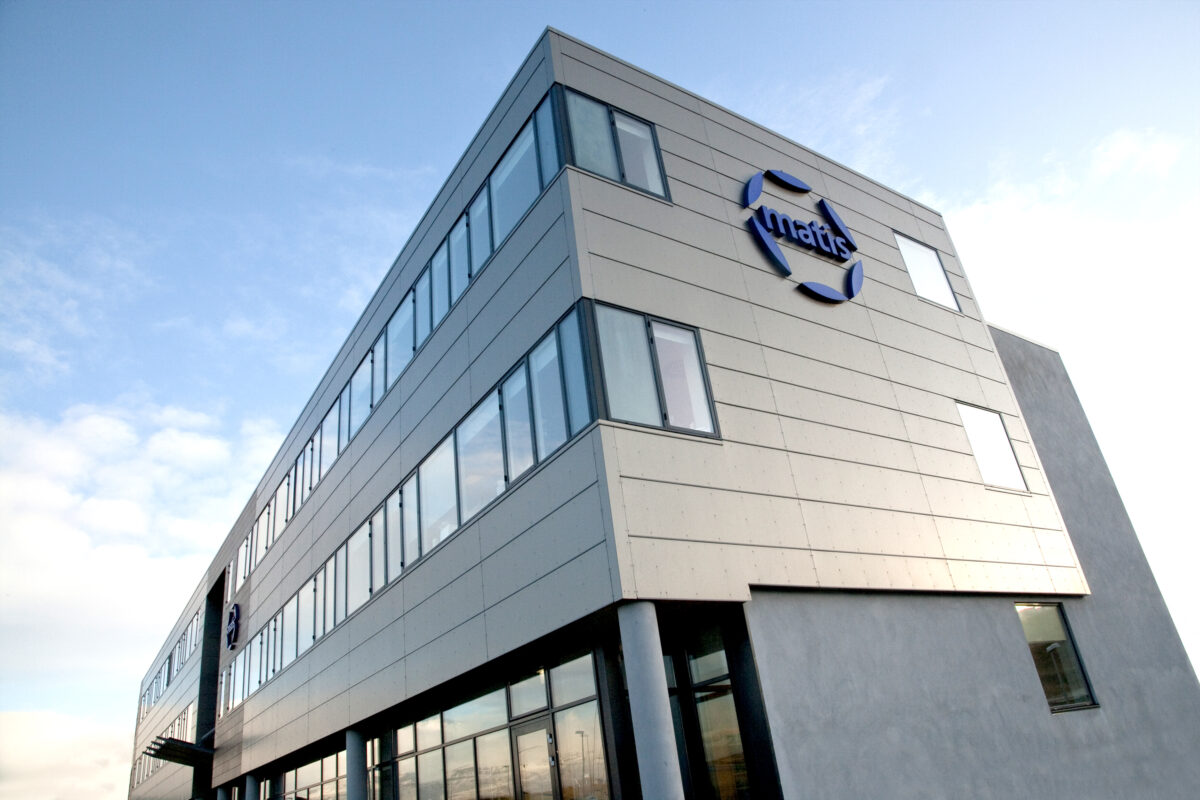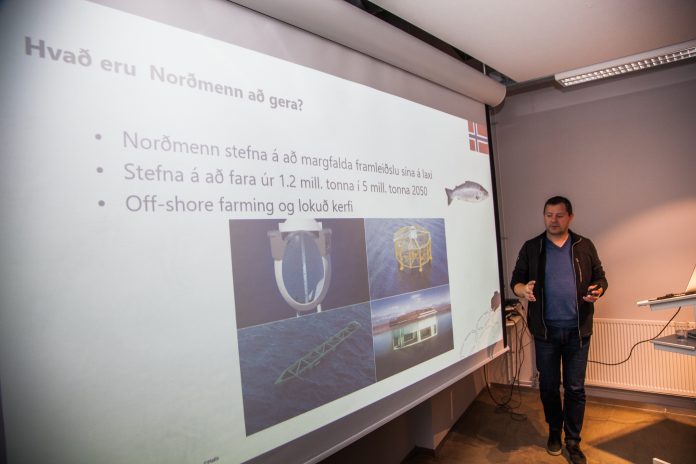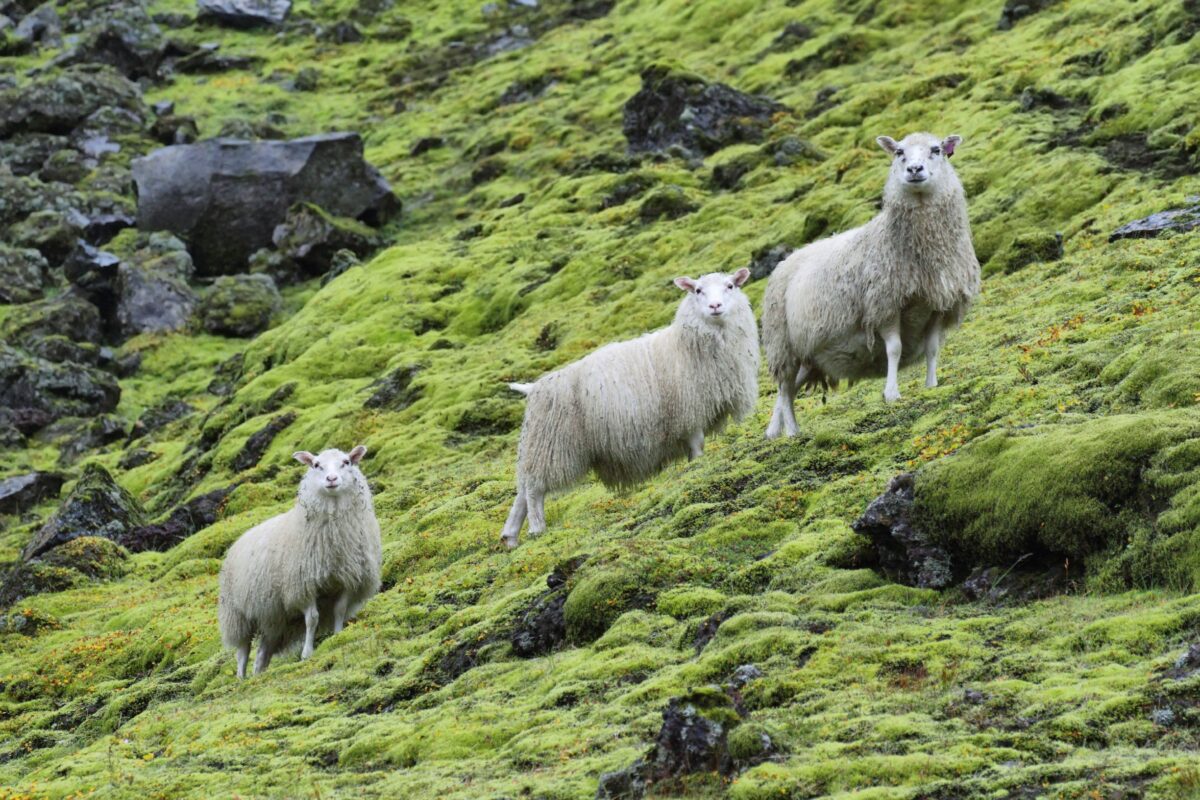NextGenProteins is a 4-year project with 21 partners from 10 European countries, four of them participants from Iceland.
Matís ohf. leads a new European research project, NextGenProteins, where the next generations of food and feed proteins are to be developed in a sustainable and environmentally friendly way. The project is part of the revolution that needs to take place in world food production in the coming years to meet the world's increased protein needs in the most environmentally friendly way. The project received more than ISK 1 billion in funding from the European research program Horizon 2020 earlier this year and is now starting.
Access to high-quality, sustainably-produced proteins is becoming increasingly limited due to population growth, increasing pressure on natural resources and climate change. At the same time, global demand for protein has never been higher. To meet increased demand, current protein production must double by 2050. Europe is not sustainable in terms of protein production, but 70-80% of the continent's feed proteins are imported, mostly from South America. This fact has focused on food security and the overall competitiveness of Europe.
High need for sustainable protein donations
The negative effects of modern protein production are largely related to factory farming, which causes widespread greenhouse gas emissions, excessive land and water use, and the loss of biodiversity. In order to meet projected future demand for protein, current production methods will put increasing pressure on the world's resources and lead to further greenhouse gas emissions. It is therefore very important to find and develop sustainable protein sources that can be produced in quantities that meet the growing demand of the food and feed industry.
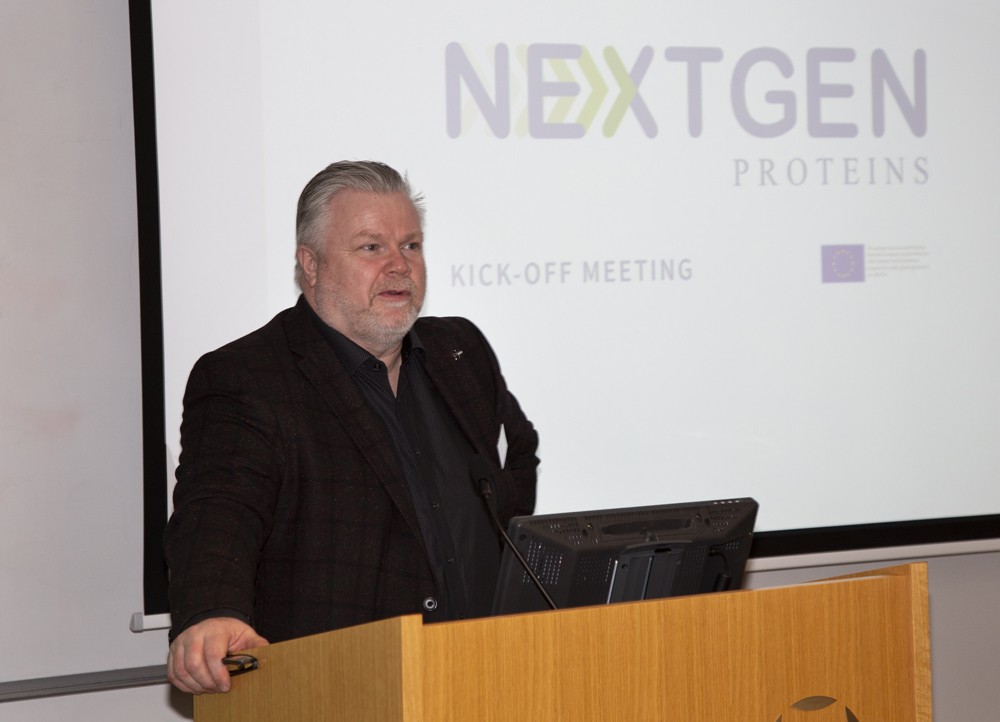
NextGenProteins will develop the production of three new proteins from microalgae, insects and unicellular organisms and verify their usefulness in various foods and animal feeds. An important part of testing is to meet customers' needs and strengthen their confidence in new proteins. Demonstrating the usefulness of the next generation of proteins - produced with less strain on natural resources and less environmental impact - in food and feed and their economic viability, the project will be part of strengthening food security and the sustainability of protein production in Europe.
